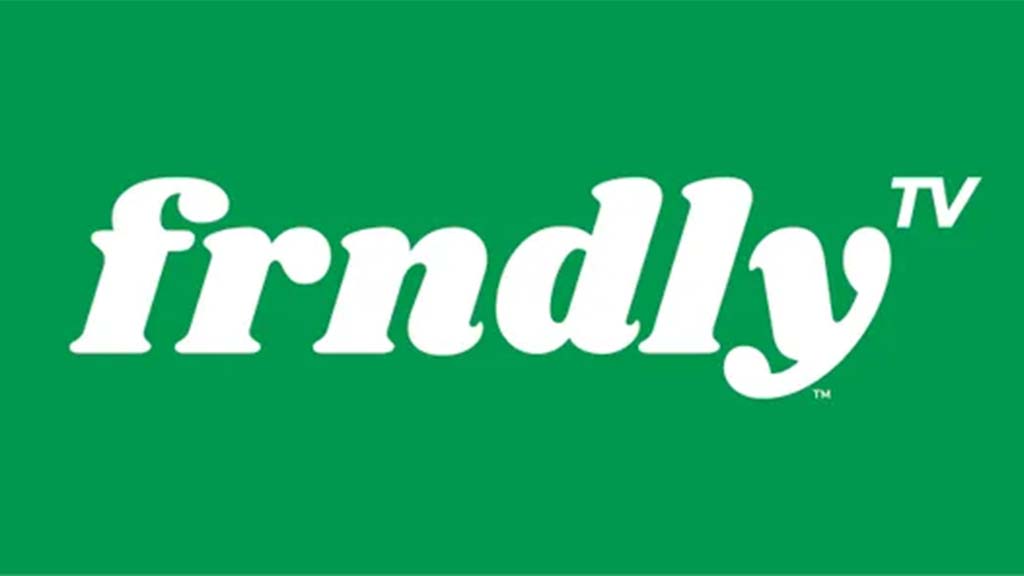Christie Digital replaces DLP color wheel with LEDs in latest rear-projection cube design
Christie Digital arrived in Las Vegas for the NAB Show with the next step in the evolution of rear-projection DLP cubes –removal of the spinning red, green and blue color wheel.
In its place, the company is using three separate red, green and blue LEDs –something Christie says is a first in the professional DLP display market. Making its debut in two new rear projection cubes, the substitution offers a variety of advantages, including longer life, a wider color gamut and less maintenance.
For those who are unfamiliar with conventional DLP designs, a spinning red, green and blue color wheel exposes the on and off micro-pixels of the DLP to the correctly red, green and blue light sequentially. The DLP, which consists of micro-pixel mirrors arranged in columns and rows, creates the required color for an individual pixel by rocking individual micro-mirrors into a position that passes the light through the system for on pixels or directs it so it does not escape for those that are off. Once projected from the lens, red, green, and blue colored images are presented sequentially so fast that the eye and brain assemble the three into a full-color image.
Christie’s new design replaces that process with one that’s focused on individual red, green and blue LEDs that perform the same function as the spinning color wheel.
While the new DLP rear-projection cubes have obvious presentation applications, they also are aimed at filling the needs of broadcasters for studio display elements on a set as well as control room display applications.
I spoke with Jim Gavloski at the booth to learn more. My interview is presented as a podcast.
Get the TV Tech Newsletter
The professional video industry's #1 source for news, trends and product and tech information. Sign up below.
